Following the Water
March 22 - may 10, 2025
MAIN GALLERY
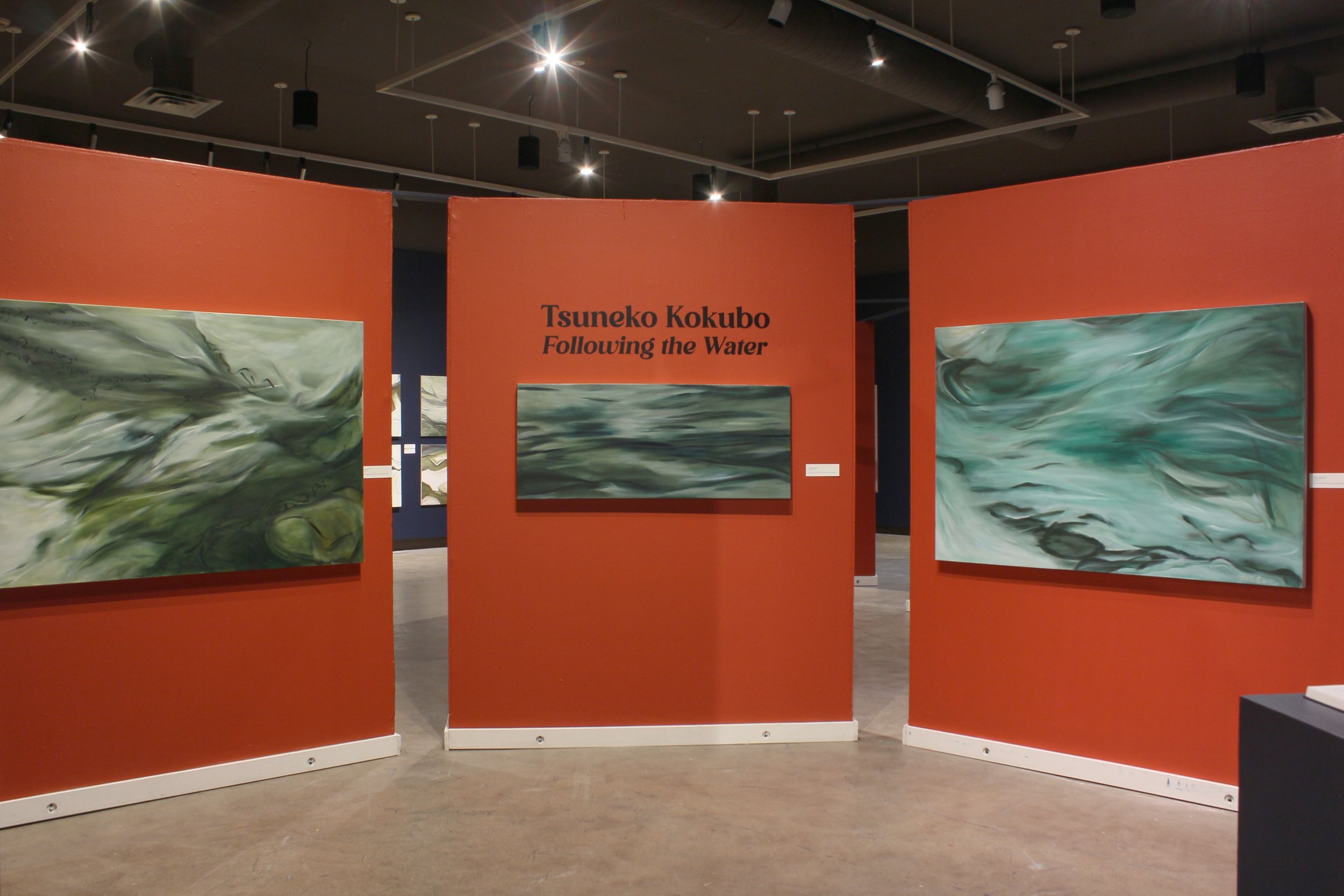
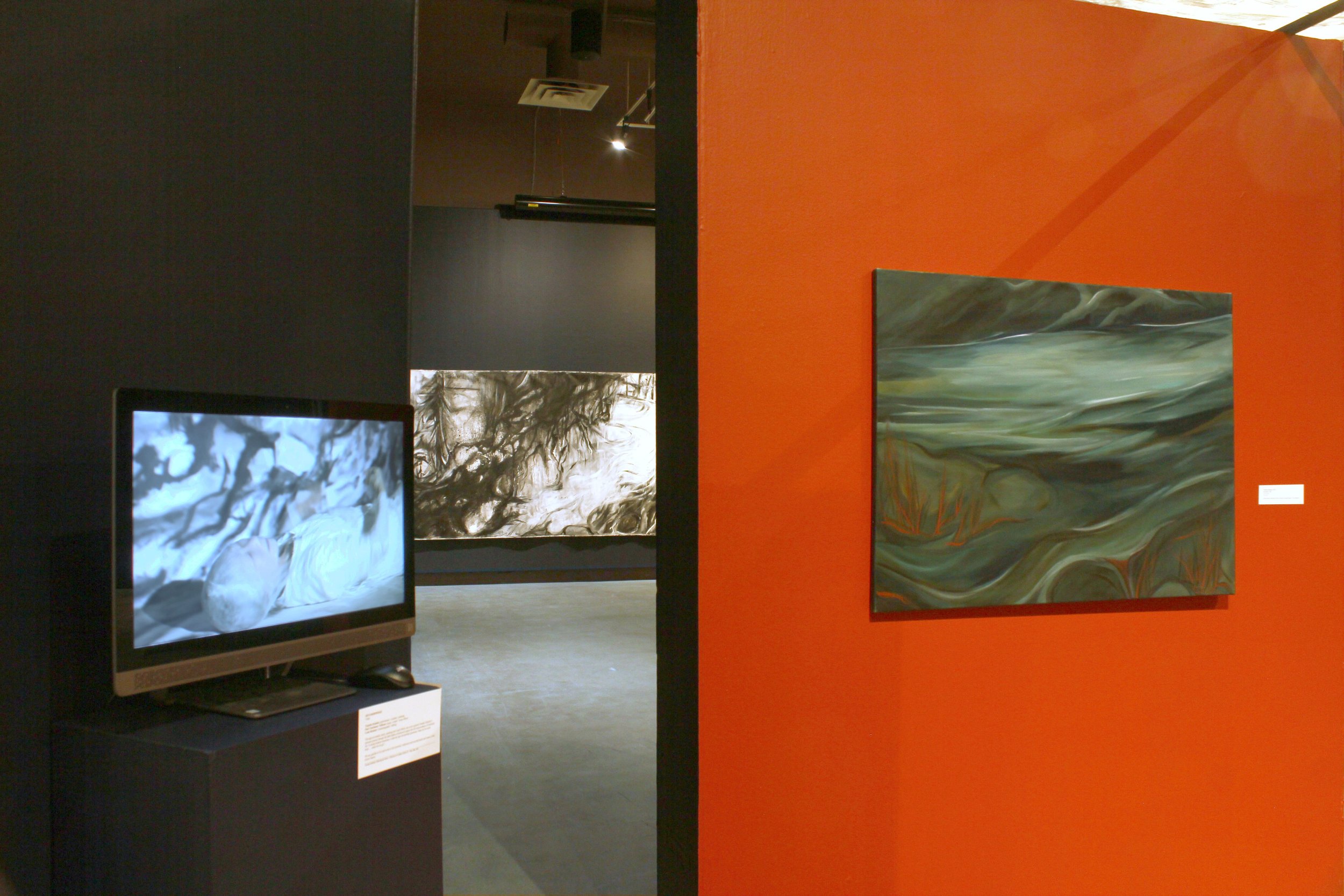
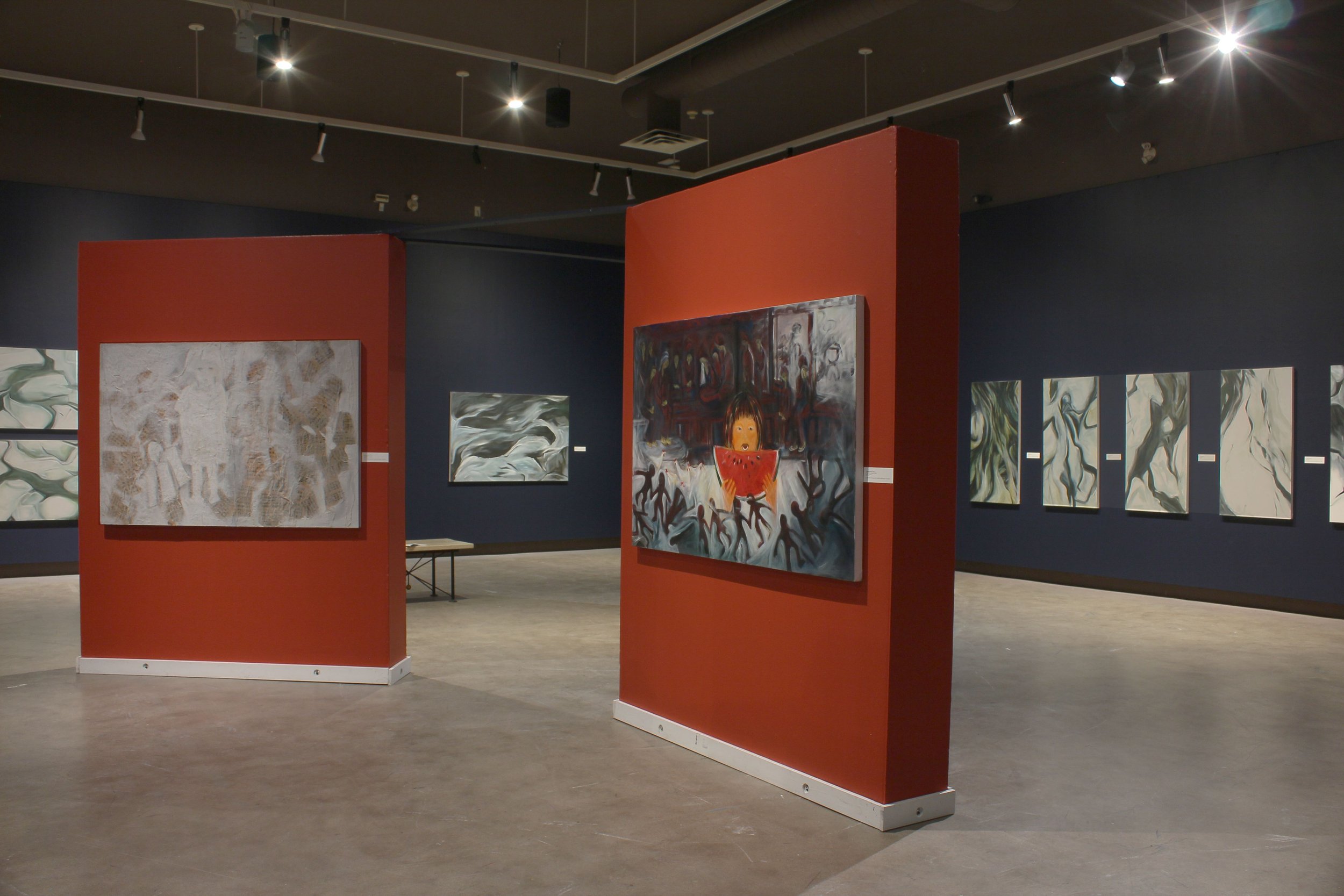
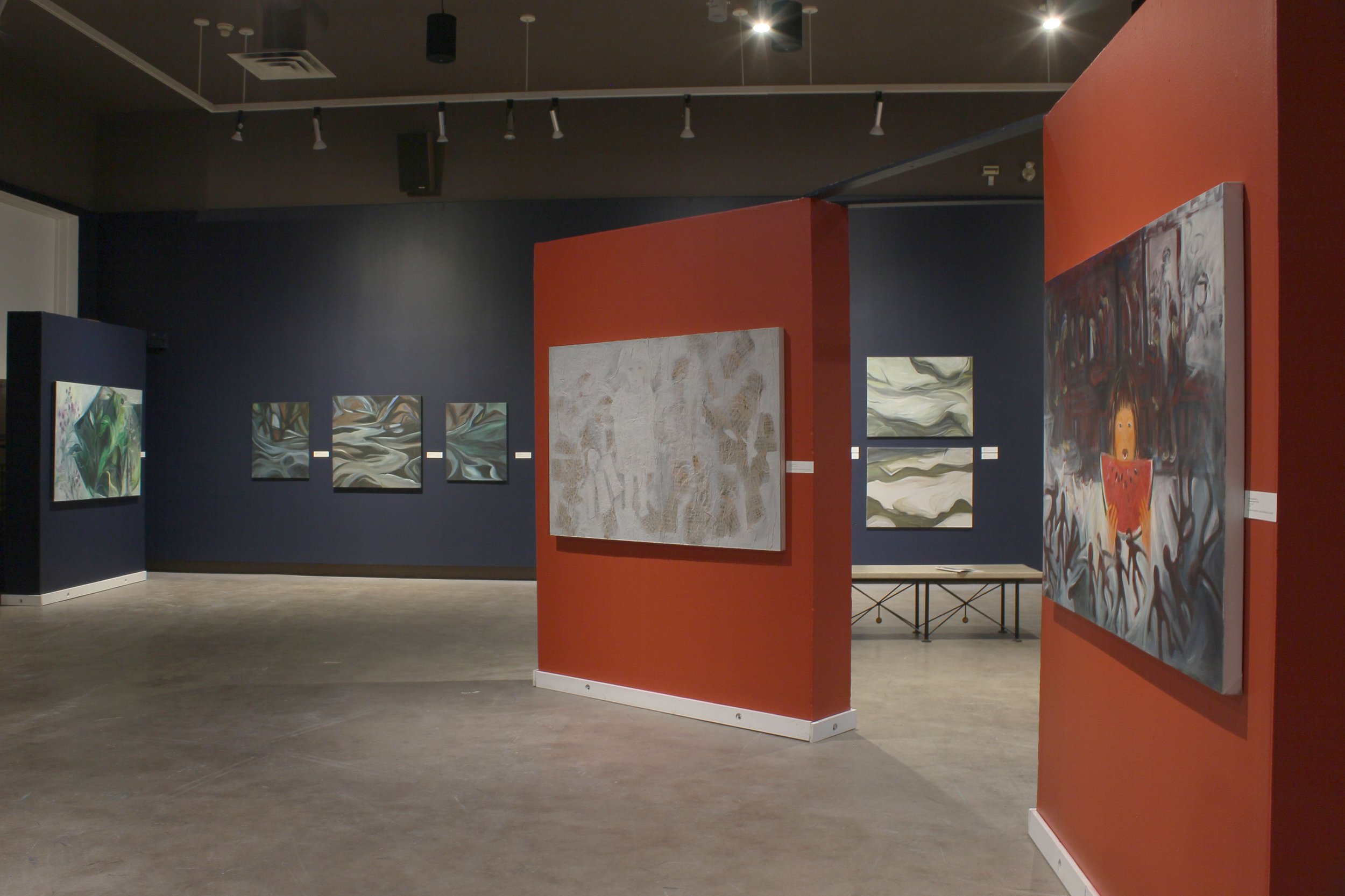

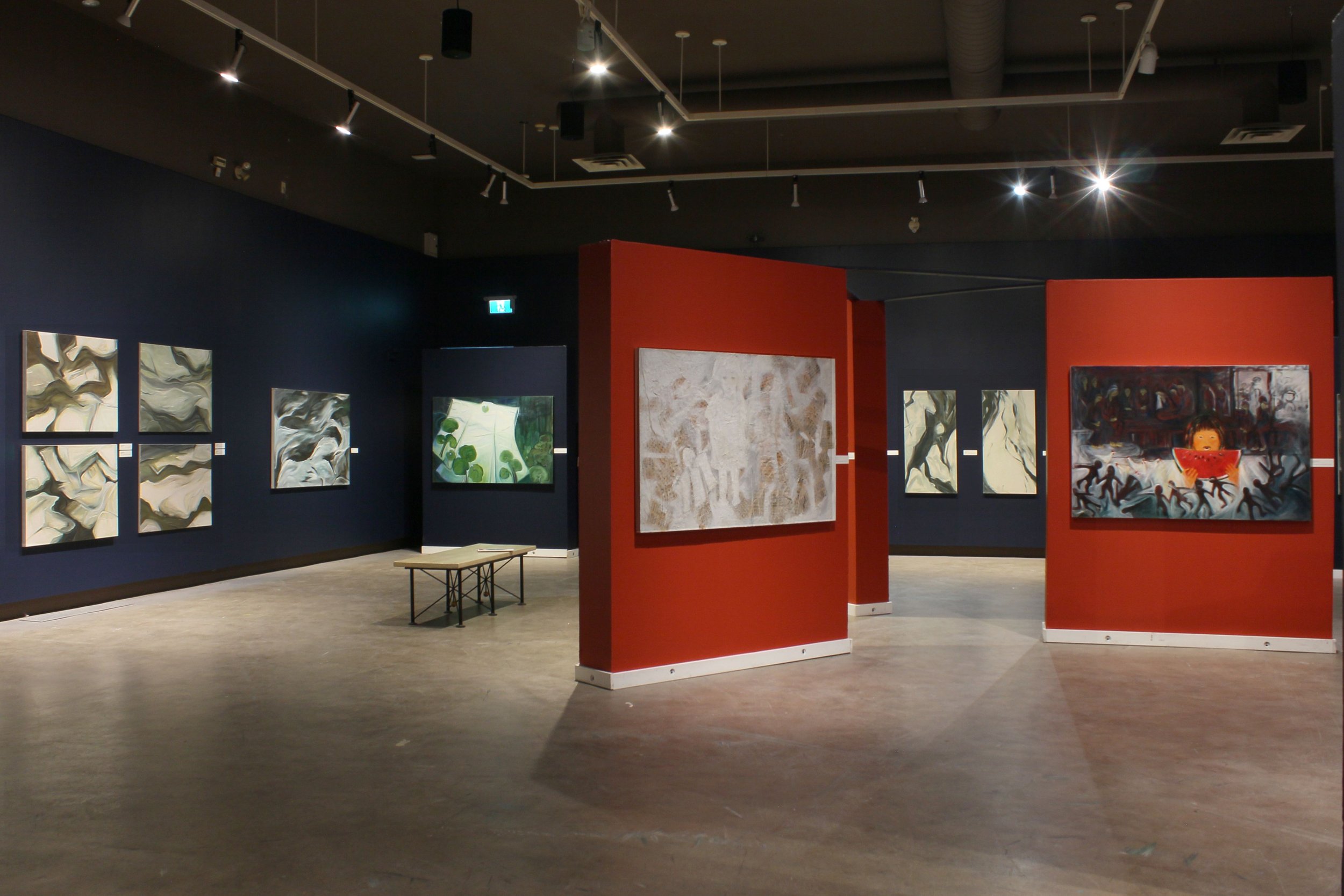
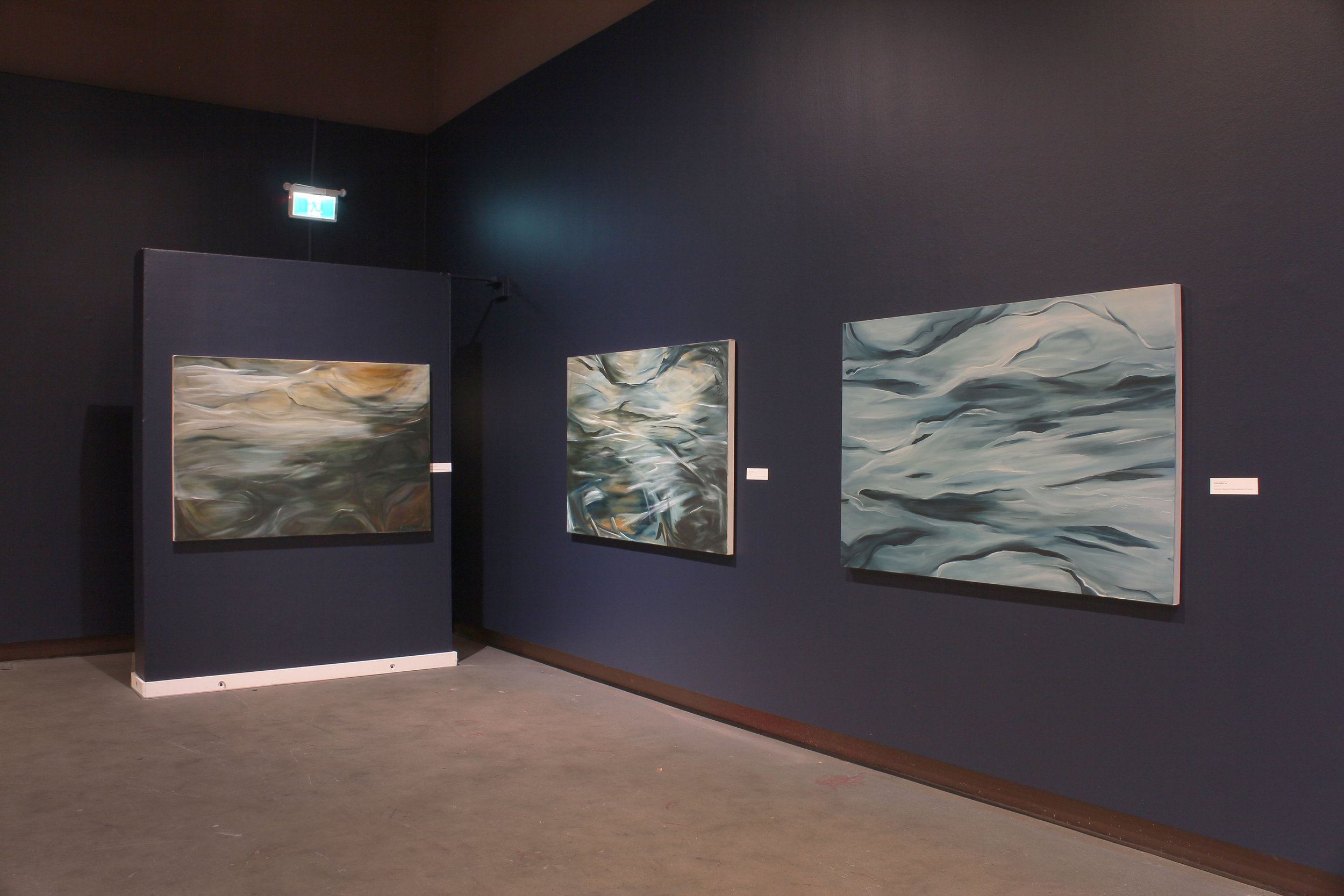
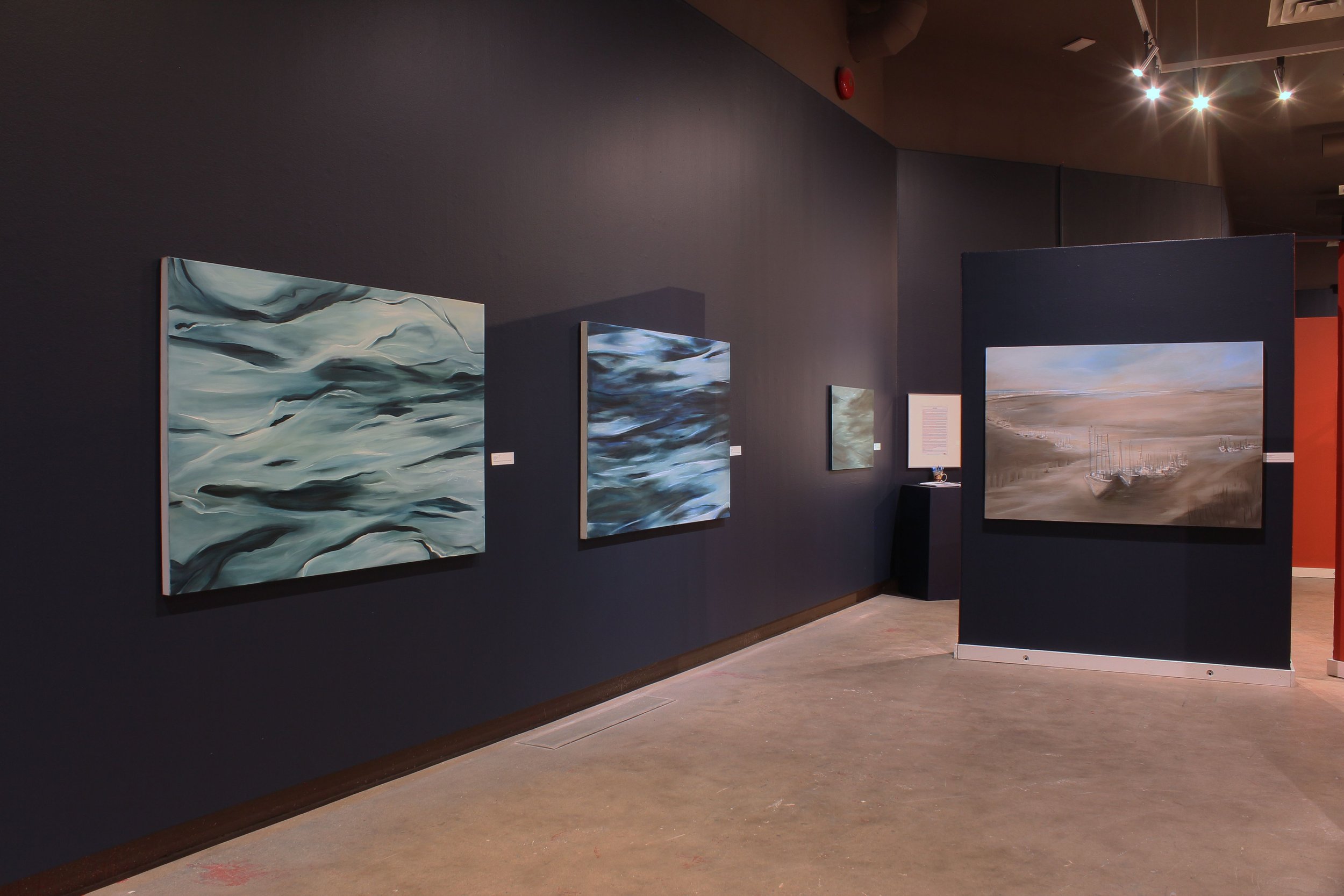
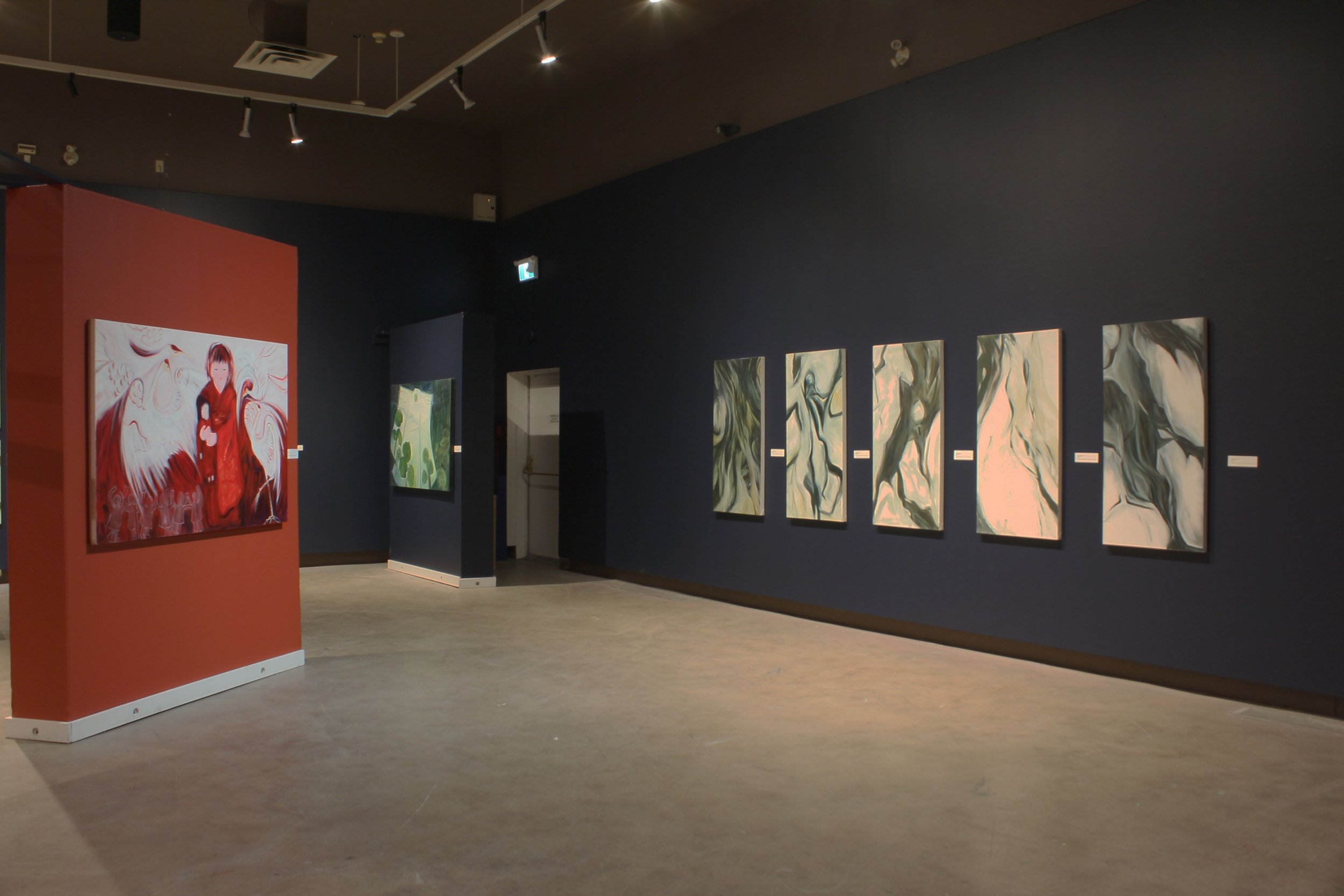
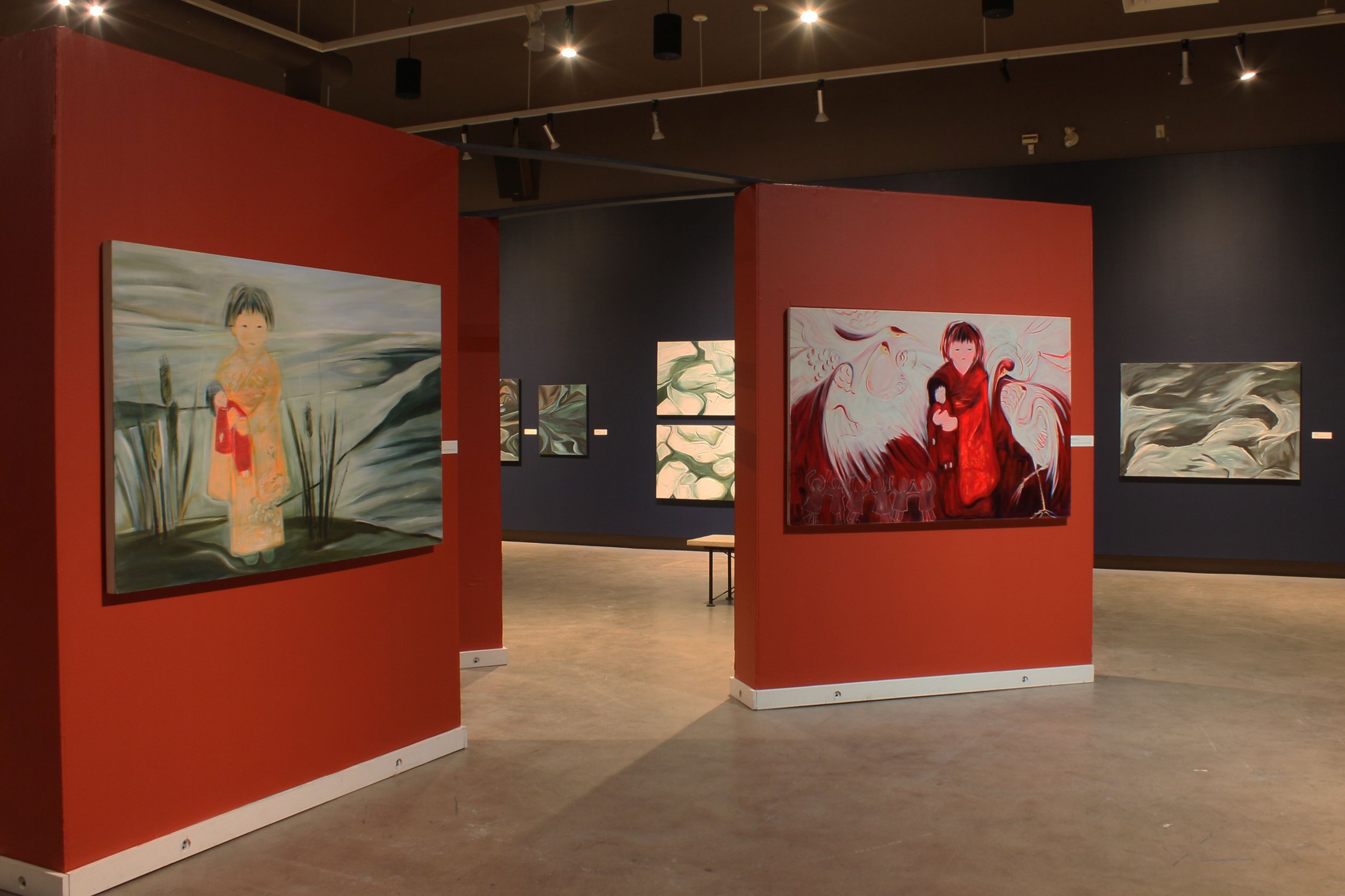
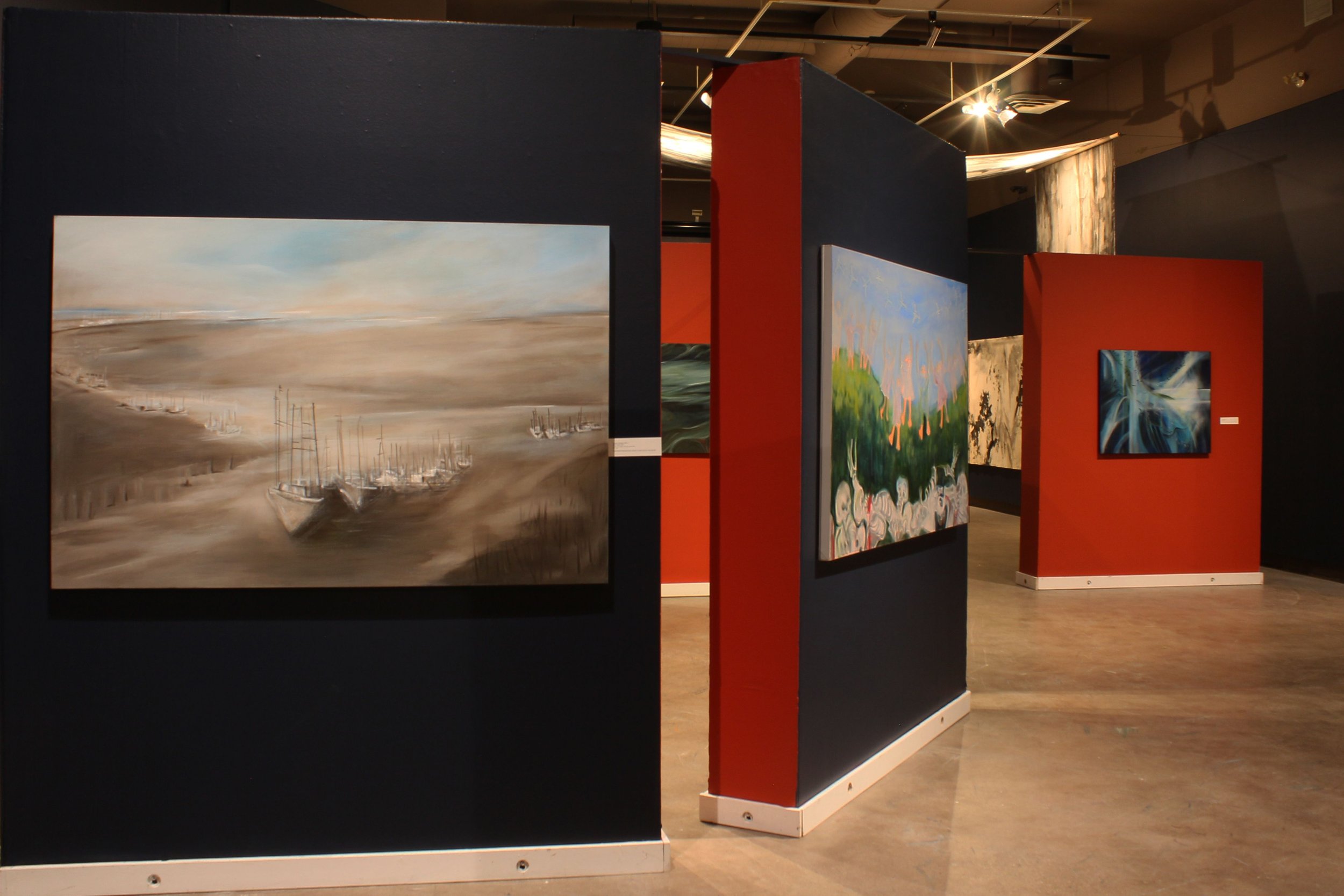
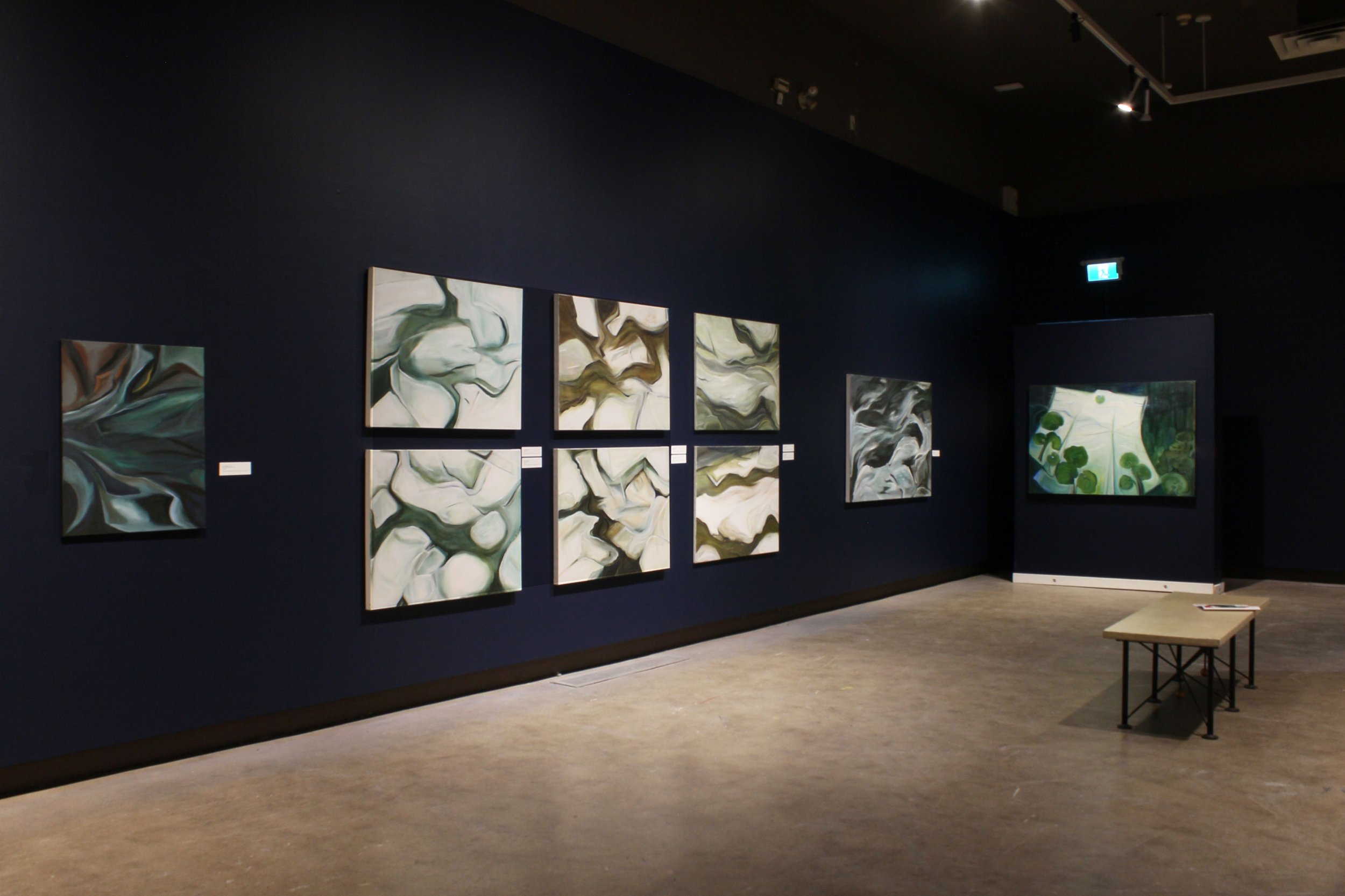
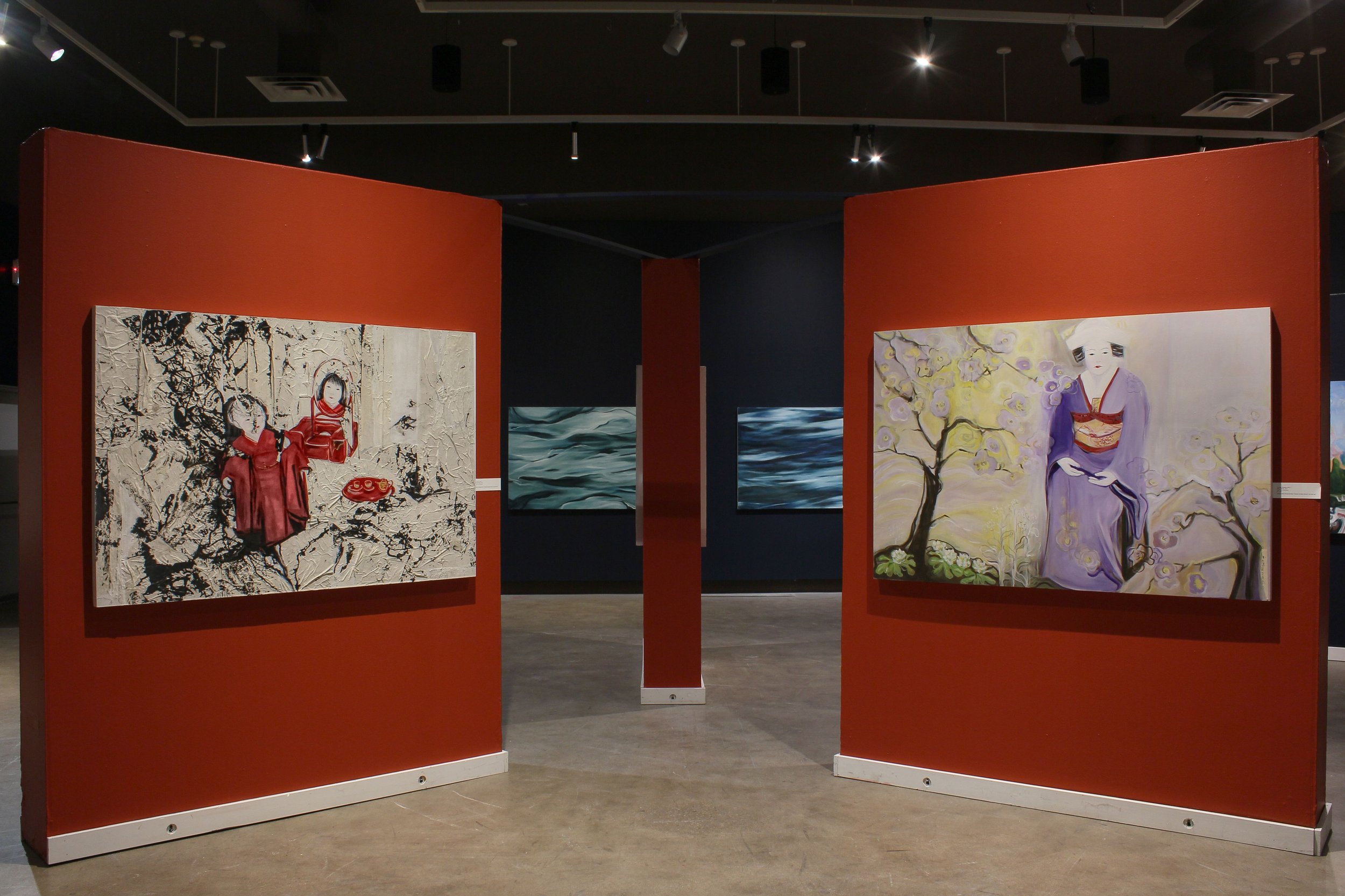
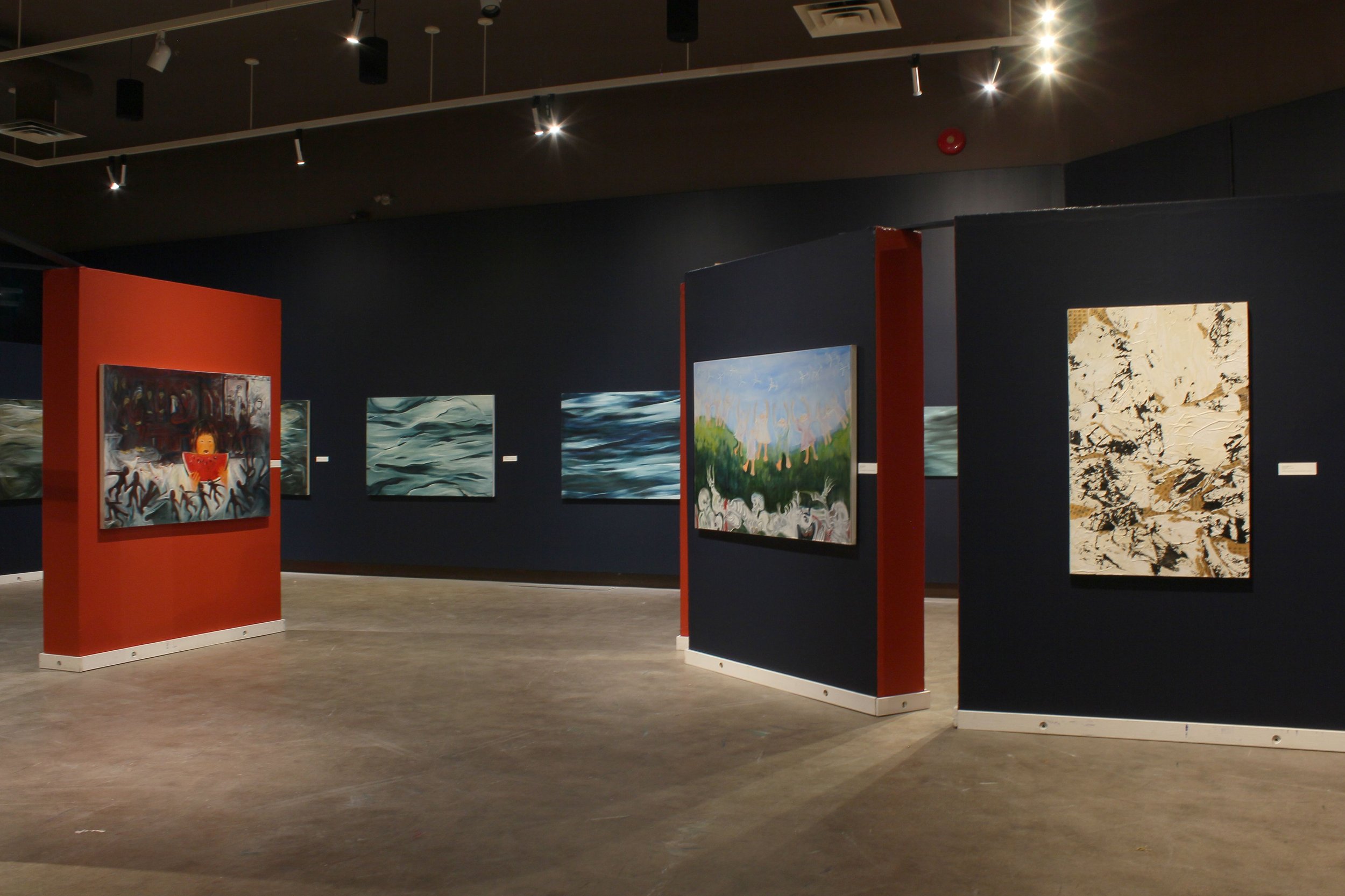
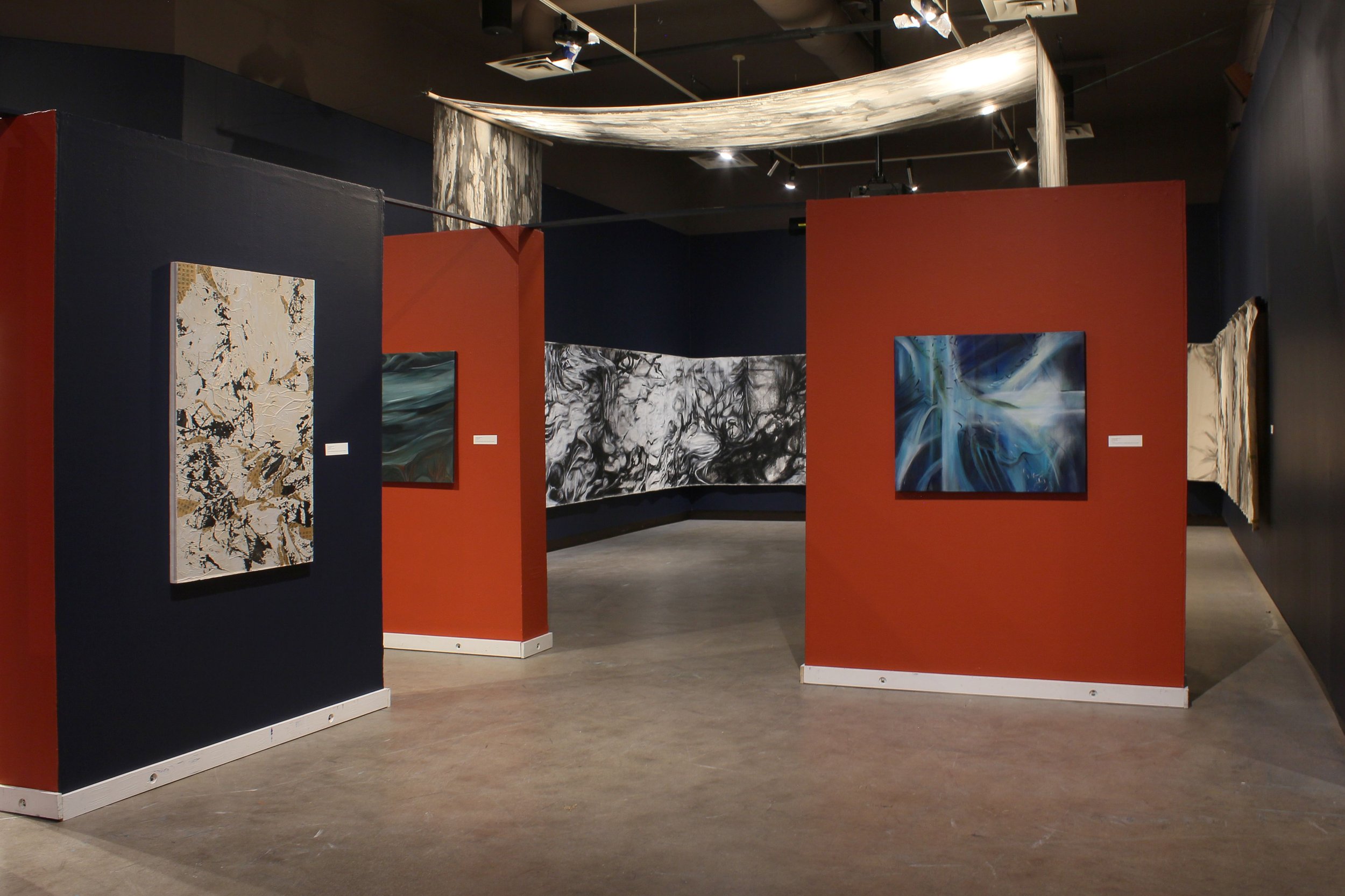


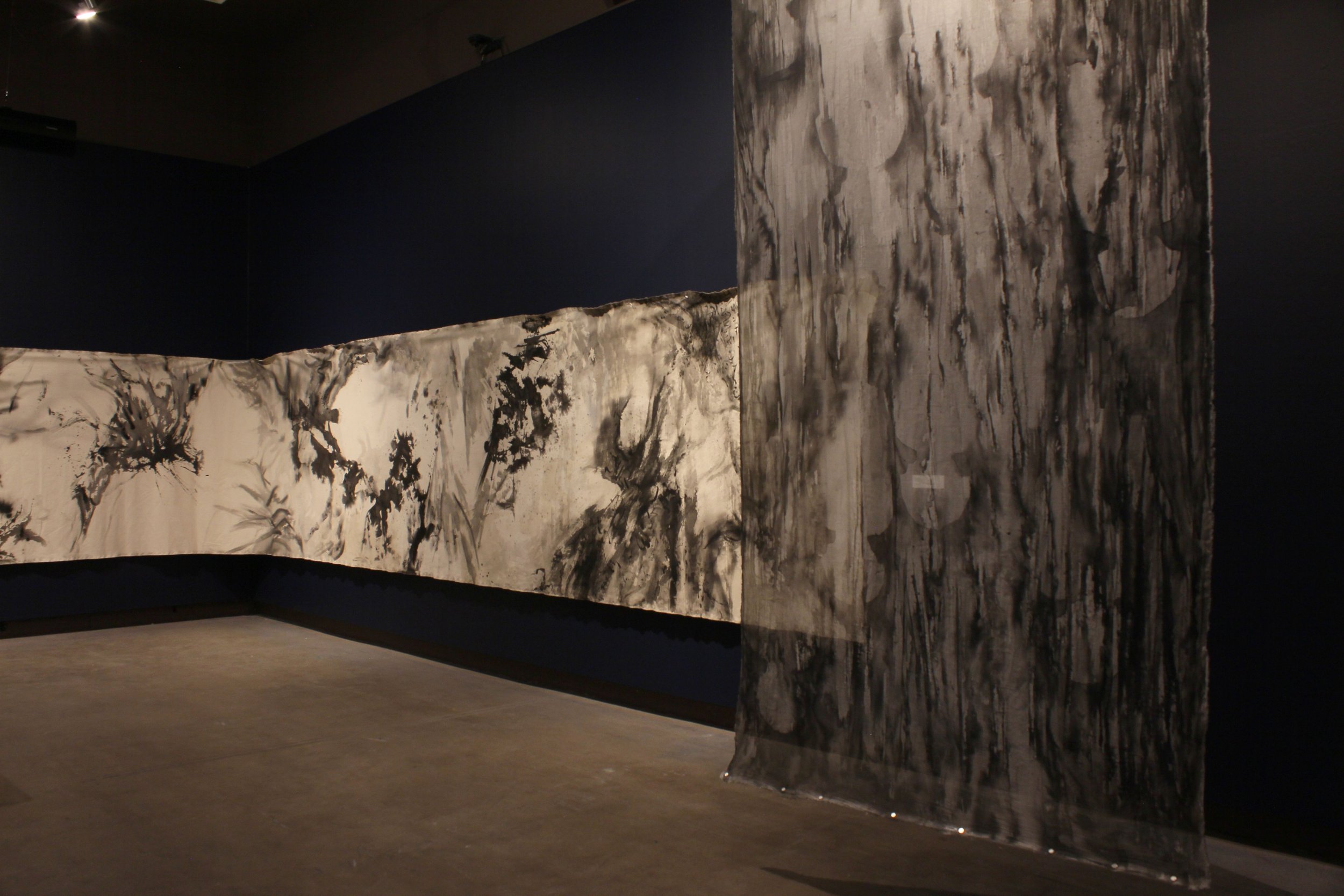
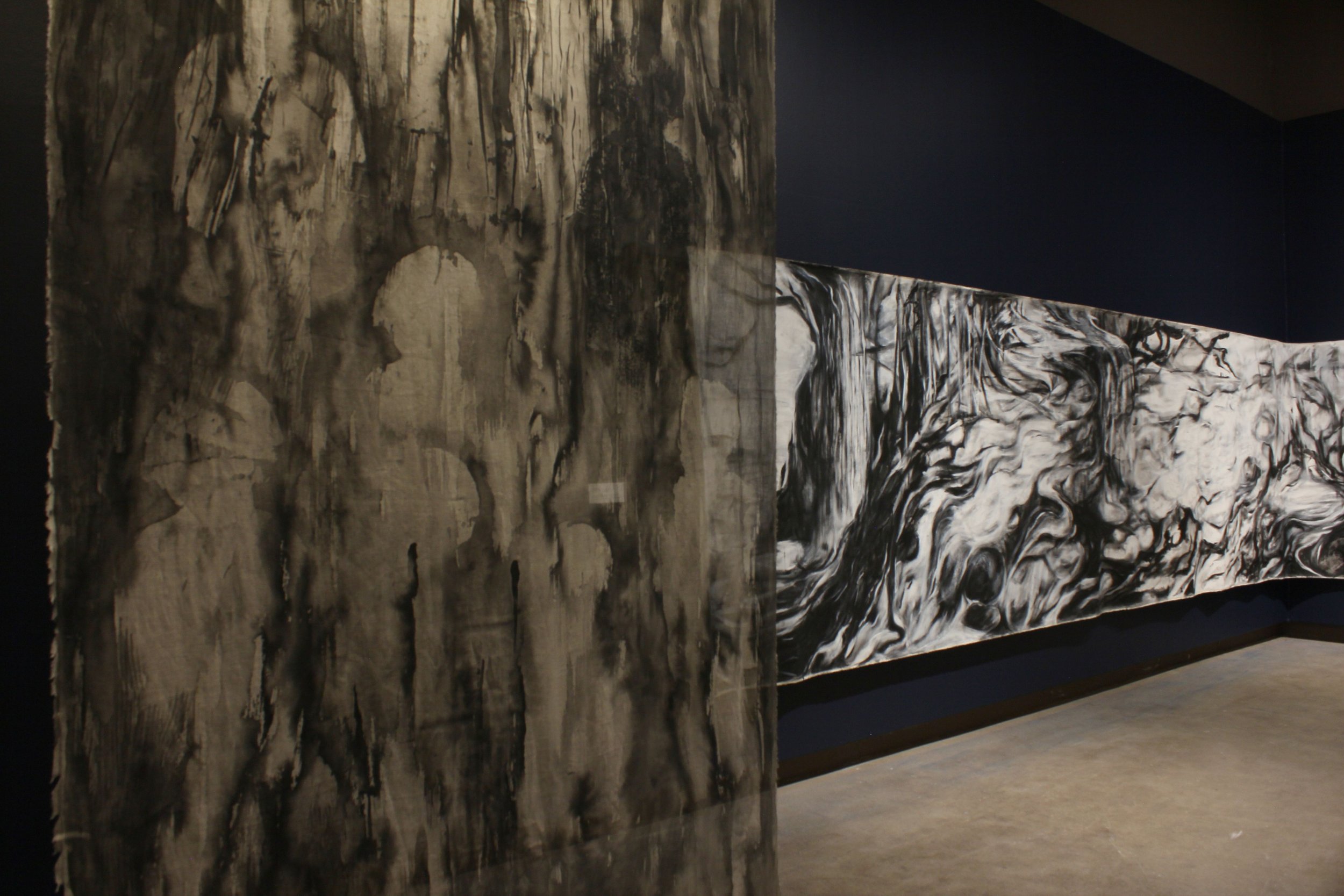
Tsuneko Kokubo
Following the Water
“A moment of beauty appears suddenly, like a breeze. I try to capture that fleeting moment on canvas or paper before it is gone”. ~ Tsuneko Kokubo
Born in Steveston, BC, in 1937, Koko is a Sansei - a third-generation Japanese Canadian whose grandparents immigrated from Japan, and whose parents were born in Canada. In 1940, at the age of three, she traveled with her grandparents to visit family in Shiga Prefecture, east of Kyoto on the island of Honshu, home to Lake Biwa, Japan’s largest freshwater lake. What was meant to be a short visit extended indefinitely as Japan’s war efforts escalated, culminating in the attack on Pearl Harbor on December 7, 1941, and Canada’s declaration of war against Japan later that month.
Along Canada’s west coast, fears of a Japanese invasion quickly led to the forced registration of Japanese Canadians as “enemy aliens” under Order-in-Council P.C. 9591 and P.C. 9760, enacted through the War Measures Act. Order-in-Council 365 established a “protected area” along the British Columbia coast, and on February 24, 1942, the Canadian government issued Order-in-Council 1486, mandating the expulsion of all Japanese Canadians living within 160 kilometers of the Pacific coast.
In the months that followed, approximately 22,000 Japanese Canadians were forcibly dispossessed, relocated, and sent to internment camps. Their homes, businesses, and property were seized and liquidated by the federal government. As part of this action, Koko’s mother, Eiko, and her sister were interned in Lemon Creek, while her father, Hideo, was incarcerated in the Angler POW camp in Ontario.
Reflecting on her extended time in Japan separated from her family, Koko recalls a childhood shaped by her grandmother’s struggles in raising a spirited child, learning sumi ink painting and calligraphy at school, and the unforgettable date of August 6, 1945. What began as a carefree summer day playing in the local river ended with adults hurriedly gathering the children, distracting them with watermelon as they tried to process the devastating news from Hiroshima. As an eight-year-old, these must have been deeply confusing times for Koko and her family, and she could never have not foreseen just how profoundly these experiences and memories would continue to shape and define her life more than seven decades later.
At the end of the war, her family faced a ‘second relocation’ as her parents traveled to Japan to reunite with her and her grandmother. They remained there until 1952, when they were finally allowed to return to Steveston, where her father once again found work as a fisherman. Though this was the place of her birth, it must have been a disorienting time for a teenager trying to reconcile her past with an unfamiliar present, navigating the complexities of identity, belonging, and cultural adjustment.
Upon graduating from high school, Koko enrolled at the Vancouver School of Art, where she studied under modernists Jack Shadbolt and Don Jarvis. These dynamic and formative years inspired her to develop a multidisciplinary practice that seamlessly blended Japanese tradition and ceremony with contemporary dance, circus arts, street theatre, and painting. This fusion of disciplines led to a uniquely immersive and expansive creative practice, which was recently celebrated in her career retrospective exhibition, Of Light Itself, curated by Maggie Tchir.
At 88 years old, Following the Water marks Koko’s most ambitious undertaking to date. The exhibition features three monumental canvases, each measuring 30 feet long by 5 feet tall, created specifically for this exhibition over the past three months. These massive paintings are complemented by 35 additional pieces, most of which have been painted over the last five years, along with a selection of earlier pieces that provide additional context and continuity. Together, they weave a powerful narrative that explores the profound impact water has to shape and define both the physical environment and the human experience.
The catalyst and inspiration behind this series of works can be found in the numerous field sketches done at the sites of former Japanese internment camps. At each site, Koko documented the landscape with a particular focus on the bodies of water adjacent to each location. During these visits, she created numerous preliminary sketches, which she later developed into a series of paintings in her studio. The culmination of this process is represented by the three large-scale studio works that form the core of the exhibition.
In these paintings, Koko delves into her profound and sometimes complex relationship with water, and its potential to serve as a vessel for carrying and holding memory. Water’s constant movement and cyclical nature, coupled with its deep ties to the past, make it a powerful symbol in her work. Koko seamlessly weaves together history, emotion, and the natural world, capturing the poignant and layered significance of each site she documents. The result is a rich and meaningful narrative in which water serves as both a means of personal reflection and a tool for broader cultural exploration.
When considering Koko’s work, it’s also interesting to remember that humans are made up of 50-60% water, and all the water on Earth today is the same water that has existed for nearly 5 billion years. The only thing that changes is the form water takes as it moves through a circular cycle of evaporation, condensation, and precipitation. With that in mind it’s hard not to consider that this element has the capacity to carry with it the collective memory of everything that has come before, linking the past, present, and future.
At the heart of Koko’s creative practice over the past 70 years is a deep reverence for nature and the interconnectedness of all things. Her paintings evoke the rhythm, power, and tranquility of rivers, rain, and oceans, inviting viewers to reflect on how water shapes both the natural world and the human experience. Through her work, Koko weaves a layered narrative rich in memory, metaphor, and personal symbolism, where water becomes a portal to understanding the cycle of life. In her painting and performance, she offers a poetic meditation on movement, time, and the profound interconnectedness of all things, encouraging viewers to contemplate their own emotional and physical connections with water, memory and the passage of time.
Tsuneko Kokubo ~ Artist Statement
This exhibition combines my current passion for painting water, with an homage to my Japanese Canadian ancestors. The long canvas scrolls and the Metamorphosis video performance are inspired by bodies of water near various internment sites in the Kootenay/Boundary region: Greenwood, Sandon, Slocan, Lemon Creek, Rosebery and New Denver.
Rivers and creeks remember. Rocks, pebbles, trees and their roots remember. Water flowing, taking their stories far beyond. What could they tell me?
After visiting each location, I transfer my thoughts, feelings and drawings onto a large scroll until all the sketches of creeks are placed and begin to flow together. At times something will call out saying ‘paint me’ or ‘look at my colour’. For this large-scale project I had to transform all the glorious hues of the water (viridian, lapis, sage, sap, moss, umber, amber….) as I had decided on a monochromatic approach - perhaps as another challenge, or perhaps because of my familiarity with black ink and brush since childhood.
Creeks change constantly, especially after the spring run-off when tons of boulders come tumbling downstream, trees are uprooted and new creeks form every season - different but the same, as the water proceeds. It is fluid and fits into any container, space or crevice, but never stays forever. It can be hard as ice and gentle as mist rising or snow drifting down.
Is this what grandma meant when she told me to ‘be like water’? I could not figure out how or why, but now I understand. She and I could never have thought that one day I would become obsessed by a ‘painting deity’.
Gradually the voices of the ancestors fade leaving only the sound of water moving. It has been not a ‘walk down memory lane’ but a walk alongside memory river, with the water holding all together.
The canvas may end but the water will keep on gliding and surging and flowing - nurturing trees, shrubs, moss and all the many creatures... on its way to the ocean…
Tsuneko Kokubo ~ Biography
Tsuneko Kokubo was born in Steveston BC in 1937 and raised in Japan. Returning to Canada in her late teens, she studied Fine Arts for four years at Vancouver School of Art (now Emily Carr University), focusing on drawing and painting. She has worked extensively in theatre as a performer (physical theatre and dance) and costume designer and continues to do so. In 1990 she returned to being a full-time painter, working mainly in oils and acrylics. She has had numerous exhibitions, and has paintings in private collections in Canada, Europe, Japan, Mexico and the USA.
Tsuneko Kokubo gratefully acknowledges the financial support from the Japanese Canadian Legacies Society (JCLS).

